Flight Aug. 1931
DESIGNED and built by the Focke-Wulf Flugzeugbau, of Bremen, Germany, the A38 "Mowe" is a development of former well-known Focke- Wulf types, such as the A17 " Mowe," of 1927, and the somewhat later A29. The new machine has been designed especially with Deutsche Luft Hansa requirements in view, and the first four machines of the type are on order from that company.
A single-engined high-wing cantilever monoplane, the A38 " Möwe " is designed for a crew of three and 10 passengers, but if desired the cabin equipment can be removed and the machine used for carrying freight. The wing is, as in previous Focke-Wulf, of Zanonia form, which has been found to give quite remarkable lateral stability up to very high angles.
Compared with previous " Möwe " models, the following alterations have been made: The fuselage lay-out has been changed so that the cabin no longer communicates directly with the cockpit but is separated from it by a luggage compartment, which has a door in the side and one giving access to the cockpit, so that the crew can get on board without going through the cabin. The engine mounting is now so arranged as to give a certain amount of springing for damping vibrations. The rudder and elevators are made of steel tube, so that wood is now only used in the main wing and the tail plane. The tank arrangement has been altered, and the undercarriage has been redesigned and the wheels fitted with brakes.
The wing construction is identical with that of earlier Focke-Wulf machines, with two box spars of wood and a covering of plywood.
In the construction of the fuselage use is made of steel tubes, joined by welding, and the covering over the greater portion is doped fabric. The cockpit is placed immediately behind the engine bulkhead, and below and ahead of the leading edge of the wing. Triplex windscreens and windows afford protection for the crew. Behind the cockpit is the luggage compartment, which has a capacity of some 2,5 cubic metres (88 cu. ft.). A door in the rear wall communicates with the cabin, which has a length of 4.5 m. (14 ft. 9 in.), a width of 1.5 m. (4 ft. 11 in.), and an average height of 1.7 m. (5 ft. 7 in.). When the machine is used as a freight-carrier, the whole of the cabin space is available, while part of the interior of the wing roots can also be used for the stowage of goods. Behind the cabin is a. lavatory, the door of which is so arranged that when the machine is on the ground nearly all of the lavatory space becomes available for entering and leaving the cabin.
An undercarriage of the " split " type is used. The telescopic legs are anchored at their upper ends to the wing, and springing is by compression rubber blocks. Wheelbrakes are fitted, and instead of the tail skid there is a castor-action tail wheel with Goodyear low-pressure tyre.
The engine fitted as standard on the A38 " Mowe " is a Siemens " Jupiter " of 500 h.p., with propeller reduction gear. Other engines, such as the BMW VI or the Siemens Sh. 20, can be fitted if desired
The petrol tanks are housed in the leading edge of the wings, and have a capacity of 400 litres (88 gallons) each. Normally the tanks are not filled to capacity, but carry in all some 110 gallons (55 gallons each), which gives a range of 465 miles (about 4,5 hours). If the tanks are filled the range is correspondingly increased, but the pay load reduced. Fuel supply to the engine is by direct gravity feed.
From the fact that the Everling " High-speed Figure " has a value of 18.3, it is seen that the minimum drag is fairly low, while the ratio of gross weight to tare weight is 1.63, which is about normal for a machine of this type, certainly not exceptionally high for a machine with a relatively high wing loading.
In the table below will be found all the main data relating to the " Möwe."
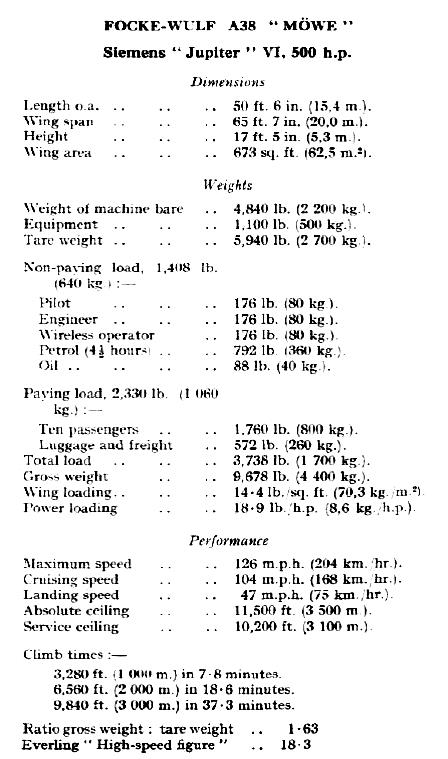
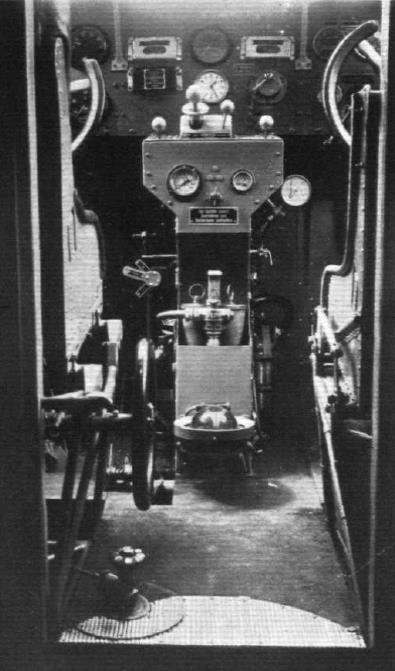
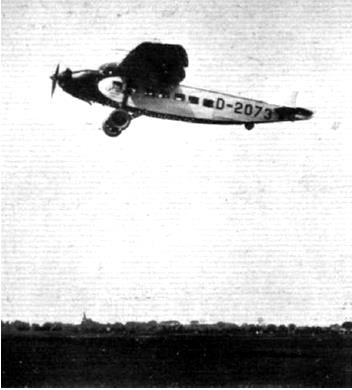
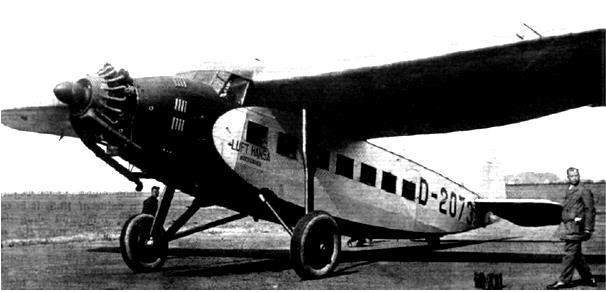
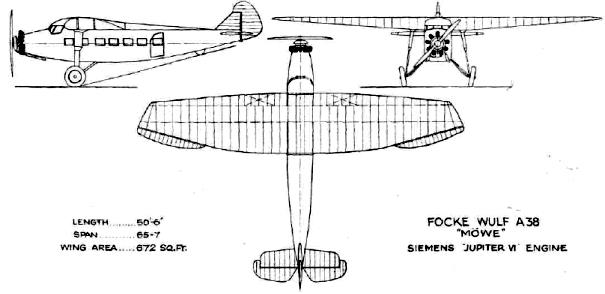

The Focke-Wulf A 38 Möwe (German: "Gull") was an airliner produced in Germany in the early 1930s. It was a final development of the family of designs that commenced with the A 17 in 1927. The A 38 used the same high-mounted, cantilever wing as the A 29, but mated this to an all-new fuselage design with enclosed seating for 10 passengers and three crew. Unlike earlier members of the family, the flight deck was not joined to the cabin, separated now by a lavatory and baggage compartment. The main undercarriage was strengthened and the main wheels fitted with brakes, while the tailskid was replaced with a tailwheel. All four A 38s were originally fitted with Siemens- or Gnome et Rhône-built Bristol Jupiter engines (although the BMW VI had been offered as an option), but in April 1933, all aircraft were refitted with Siemens Sh 20 powerplants. By mid-1934, they had been relegated to training duties.
| Type |
a 3 + 10 airliner |
b 3 + 13 airliner |
| Engine |
1 Siemens Jupiter VI U or Gnôme-Rhône Jupiter |
1 Siemens Sh 20u |
| Dimensions |
Length 15.40 m, height 5.30 m, span 20,00 m, wing area 62.50 m2 |
| Weights |
Empty 2200 kg, flying weight 4400 kg, fuel 360 kg Empty 2700 kg |
| Performance |
Max. speed 204 km/h, cruising speed 170 km/h, service ceiling 3500 m, range 750 km, required runway for take off 580 m Cruising speed 200 km/h |
| Type |
Werk.Nr |
Registration |
History |
| a, b |
108 |
D-2073 |
"Bückeberg".Siemens engine. In June 1931 delivered to DLH, modified to b in April 1933. To DVS GmbH in June 1934 |
a, b
|
109 |
D-2082, D-UPIN |
"Hessen". Siemens engine. In June 1931 delivered to DLH, modified to b in April 1933. To DVS GmbH in Febr. 1934 |
a, b
|
110 |
D-2107 |
"Lippe". Gnôme-Rhône Jupiter. In July 1931 delivered to DLH, modified to b in April 1933. To DVS GmbH in March 1934 |
a, b
|
111 |
D-2114, D-UTAN |
"Thüringen". Gnôme-Rhône Jupiter. In July 1931 delivered to DLH, modified to b in April 1933. To DVS GmbH in June1934 |






